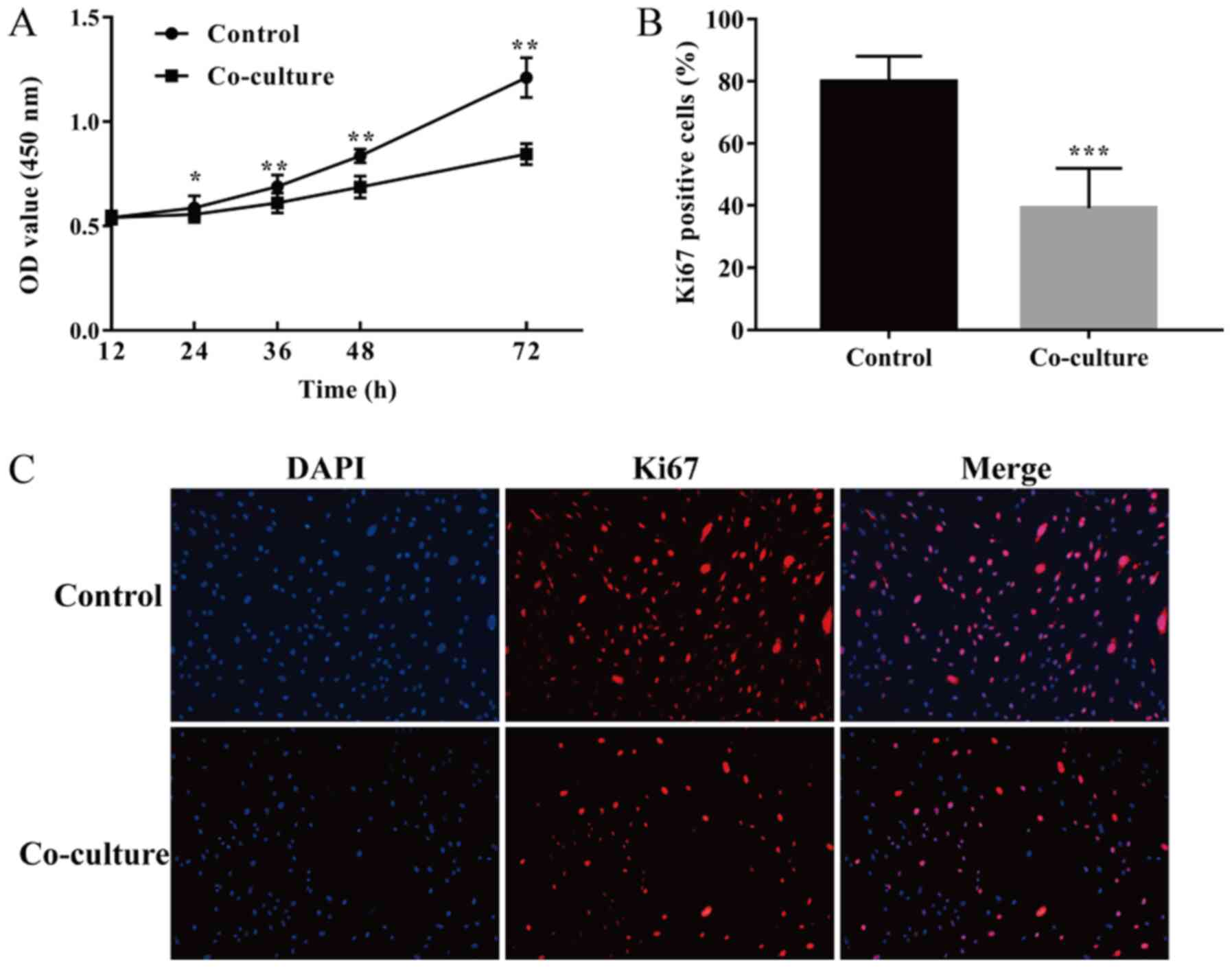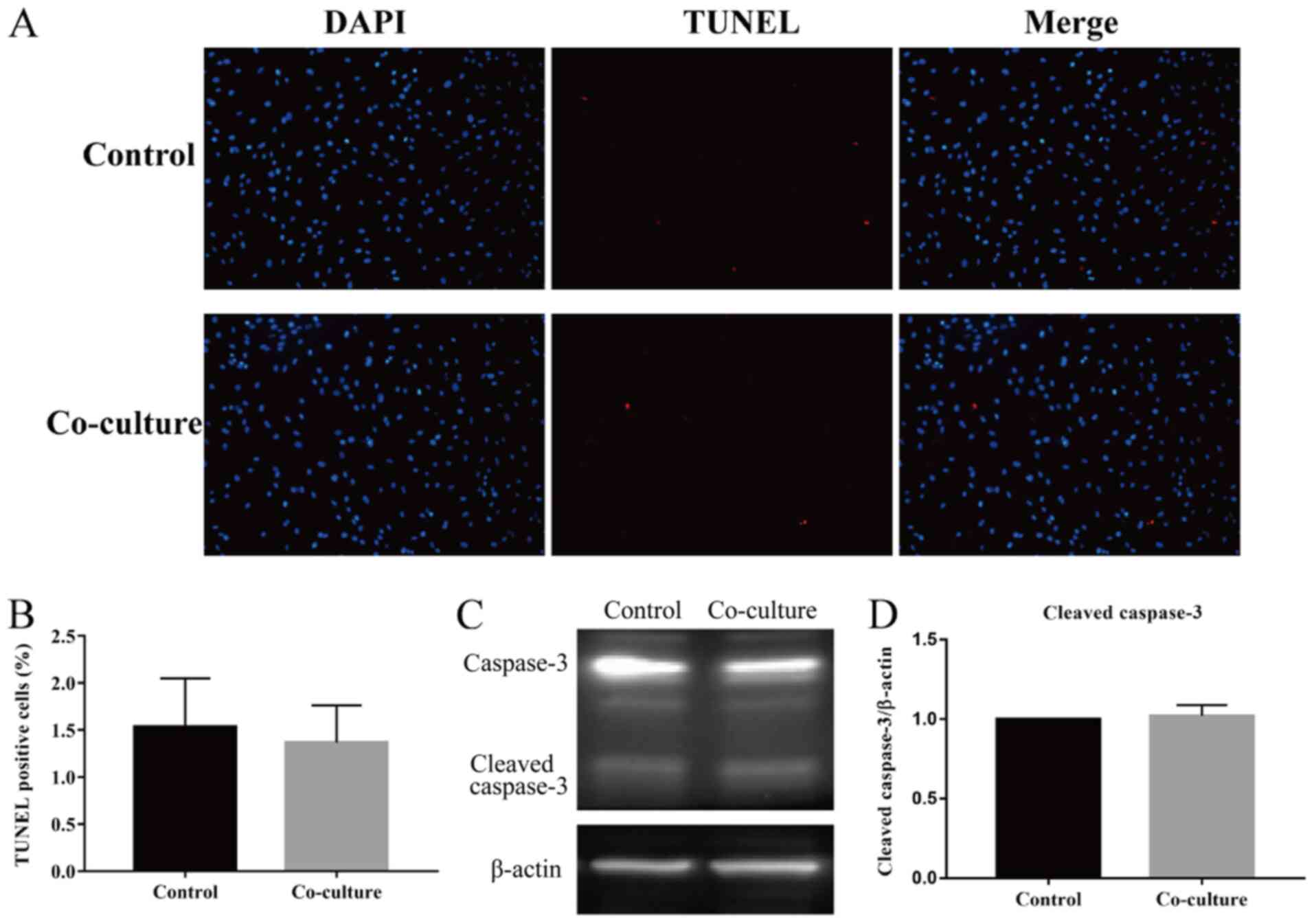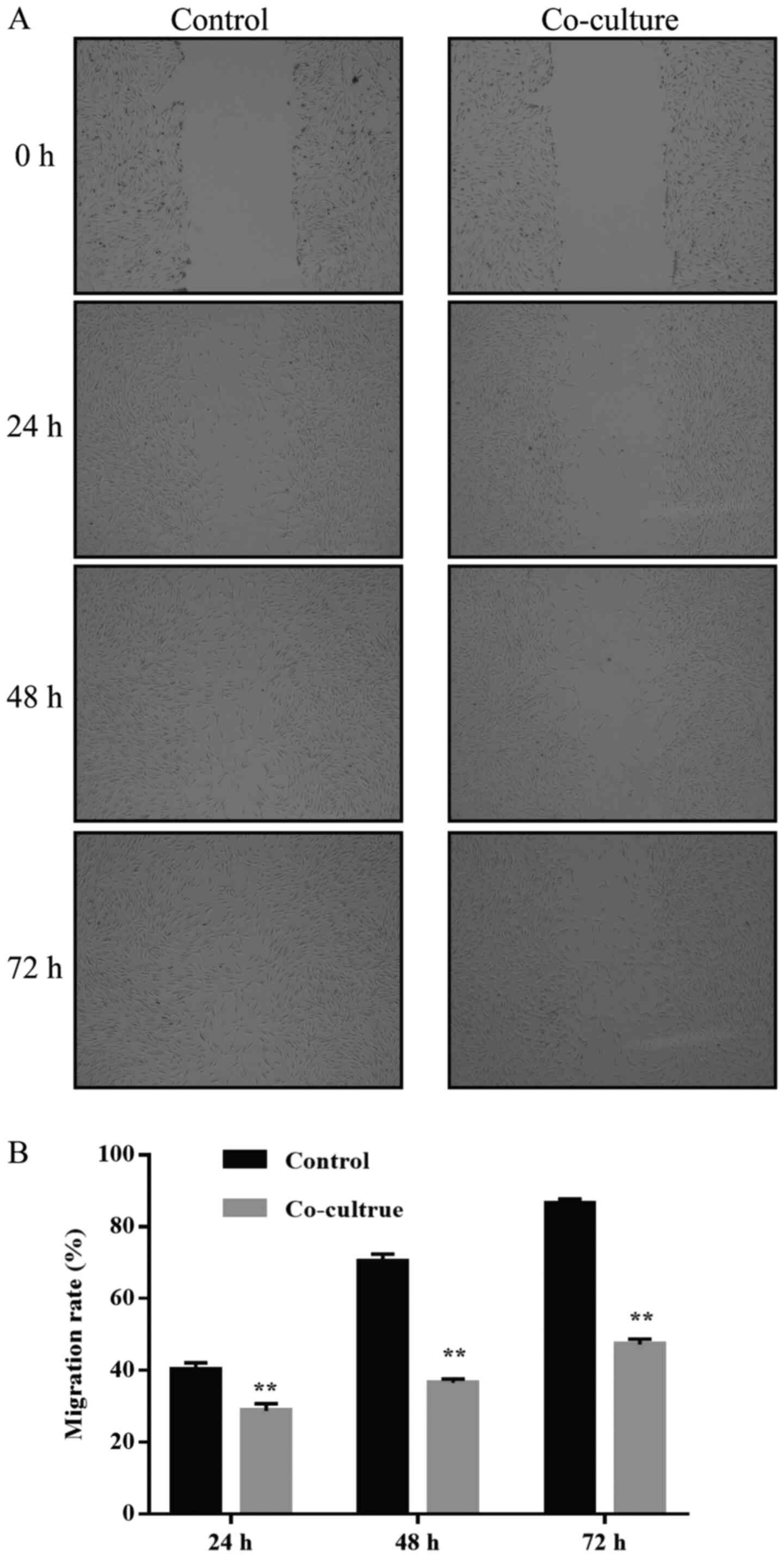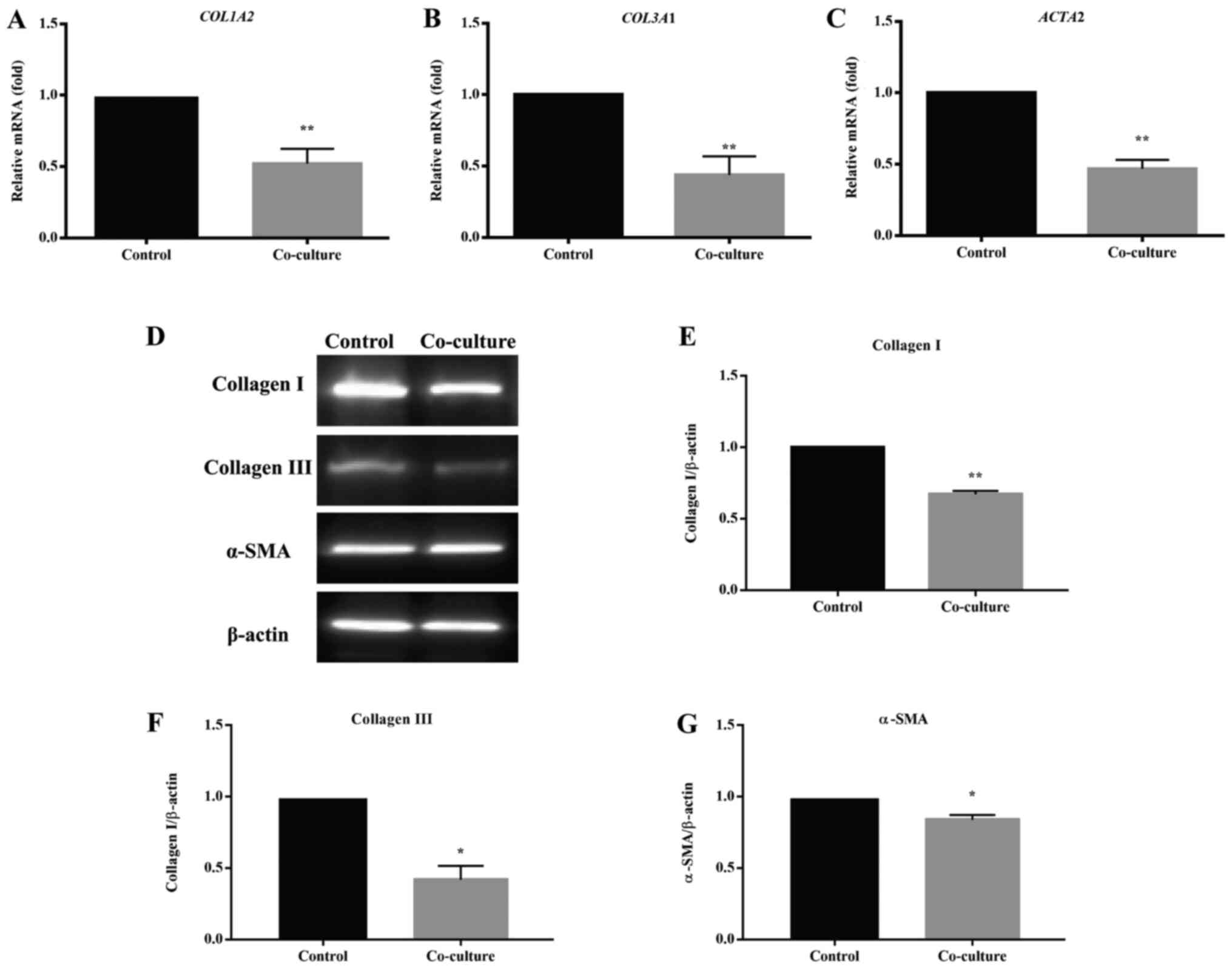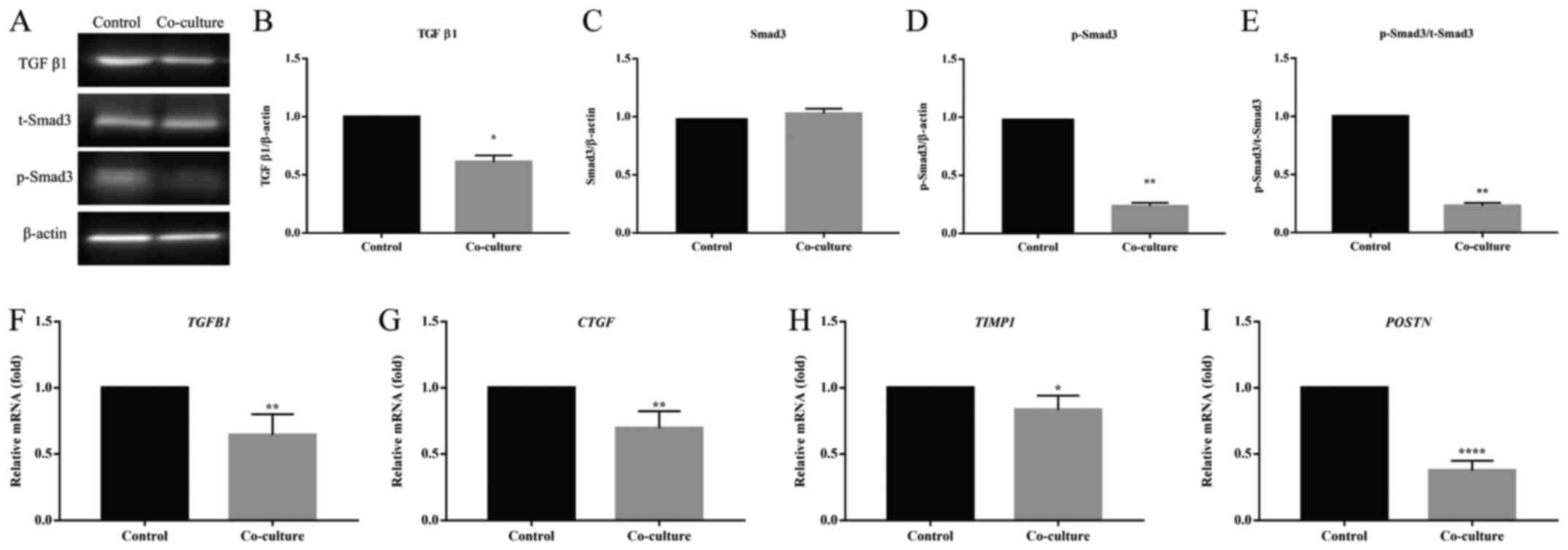|
1
|
Finnerty CC, Jeschke MG, Branski LK,
Barret JP, Dziewulski P and Herndon DN: Hypertrophic scarring: The
greatest unmet challenge after burn injury. Lancet. 388:1427–1436.
2016.PubMed/NCBI View Article : Google Scholar
|
|
2
|
Bombaro KM, Engrav LH, Carrougher GJ,
Wiechman SA, Faucher L, Costa BA, Heimbach DM, Rivara FP and Honari
S: What is the prevalence of hypertrophic scarring following burns?
Burns. 29:299–302. 2003.PubMed/NCBI View Article : Google Scholar
|
|
3
|
Amini-Nik S, Yousuf Y and Jeschke MG: Scar
management in burn injuries using drug delivery and molecular
signaling: Current treatments and future directions. Adv Drug Deliv
Rev. 123:135–154. 2018.PubMed/NCBI View Article : Google Scholar
|
|
4
|
Wang H, Pieper J, Peters F, van
Blitterswijk CA and Lamme EN: Synthetic scaffold morphology
controls human dermal connective tissue formation. J Biomed Mater
Res A. 74:523–532. 2005.PubMed/NCBI View Article : Google Scholar
|
|
5
|
Cutroneo KR: TGF-beta-induced fibrosis and
SMAD signaling: Oligo decoys as natural therapeutics for inhibition
of tissue fibrosis and scarring. Wound Repair Regen. 15 (Suppl
1):S54–S60. 2007.PubMed/NCBI View Article : Google Scholar
|
|
6
|
Ashcroft GS and Roberts AB: Loss of Smad3
modulates wound healing. Cytokine Growth Factor Rev. 11:125–131.
2000.PubMed/NCBI View Article : Google Scholar
|
|
7
|
Roberts AB, Russo A, Felici A and Flanders
KC: Smad3: A key player in pathogenetic mechanisms dependent on
TGF-beta. Ann N Y Acad Sci. 995:1–10. 2003.PubMed/NCBI View Article : Google Scholar
|
|
8
|
Brunt KR, Weisel RD and Li RK: Stem cells
and regenerative medicine-future perspectives. Can J Physiol
Pharmacol. 90:327–335. 2012.PubMed/NCBI View Article : Google Scholar
|
|
9
|
Li Q, Zhang C and Fu X: Will stem cells
bring hope to pathological skin scar treatment? Cytotherapy.
18:943–956. 2016.PubMed/NCBI View Article : Google Scholar
|
|
10
|
Kim KH, Blasco-Morente G, Cuende N and
Arias-Santiago S: Mesenchymal stromal cells: Properties and role in
management of cutaneous diseases. J Eur Acad Dermatol Venereol.
31:414–423. 2017.PubMed/NCBI View Article : Google Scholar
|
|
11
|
Yun IS, Jeon YR, Lee WJ, Lee JW, Rah DK,
Tark KC and Lew DH: Effect of human adipose derived stem cells on
scar formation and remodeling in a pig model: A pilot study.
Dermatol Surg. 38:1678–1688. 2012.PubMed/NCBI View Article : Google Scholar
|
|
12
|
Lam MT, Nauta A, Meyer NP, Wu JC and
Longaker MT: Effective delivery of stem cells using an
extracellular matrix patch results in increased cell survival and
proliferation and reduced scarring in skin wound healing. Tissue
Eng Part A. 19:738–747. 2013.PubMed/NCBI View Article : Google Scholar
|
|
13
|
Hu L, Wang J, Zhou X, Xiong Z, Zhao J, Yu
R, Huang F, Zhang H and Chen L: Exosomes derived from human adipose
mensenchymal stem cells accelerates cutaneous wound healing via
optimizing the characteristics of fibroblasts. Sci Rep.
6(32993)2016.PubMed/NCBI View Article : Google Scholar
|
|
14
|
Ding DC, Chang YH, Shyu WC and Lin SZ:
Human umbilical cord mesenchymal stem cells: A new era for stem
cell therapy. Cell Transplant. 24:339–347. 2015.PubMed/NCBI View Article : Google Scholar
|
|
15
|
El Omar R, Beroud J, Stoltz JF, Menu P,
Velot E and Decot V: Umbilical cord mesenchymal stem cells: The new
gold standard for mesenchymal stem cell-based therapies? Tissue Eng
Part B Rev. 20:523–544. 2014.PubMed/NCBI View Article : Google Scholar
|
|
16
|
Dabrowski FA, Burdzinska A, Kulesza A,
Sladowska A, Zolocinska A, Gala K, Paczek L and Wielgos M:
Comparison of the paracrine activity of mesenchymal stem cells
derived from human umbilical cord, amniotic membrane and adipose
tissue. J Obstet Gynaecol Res. 43:1758–1768. 2017.PubMed/NCBI View Article : Google Scholar
|
|
17
|
Xie C, Shi K, Zhang X, Zhao J and Yu J:
MiR-1908 promotes scar formation post-burn wound healing by
suppressing Ski-mediated inflammation and fibroblast proliferation.
Cell Tissue Res. 366:371–380. 2016.PubMed/NCBI View Article : Google Scholar
|
|
18
|
Livak KJ and Schmittgen TD: Analysis of
relative gene expression data using real-time quantitative PCR and
the 2(-Delta Delta C(T)) method. Methods. 25:402–408.
2001.PubMed/NCBI View Article : Google Scholar
|
|
19
|
Brusselaers N, Monstrey S, Vogelaers D,
Hoste E and Blot S: Severe burn injury in Europe: A systematic
review of the incidence, etiology, morbidity, and mortality. Crit
Care. 14(R188)2010.PubMed/NCBI View
Article : Google Scholar
|
|
20
|
Friedstat JS and Hultman CS: Hypertrophic
burn scar management: What does the evidence show? A systematic
review of randomized controlled trials. Ann Plast Surg.
72:S198–S201. 2014.PubMed/NCBI View Article : Google Scholar
|
|
21
|
Lee DE, Ayoub N and Agrawal DK:
Mesenchymal stem cells and cutaneous wound healing: Novel methods
to increase cell delivery and therapeutic efficacy. Stem Cell Res
Ther. 7(37)2016.PubMed/NCBI View Article : Google Scholar
|
|
22
|
Jackson WM, Nesti LJ and Tuan RS:
Mesenchymal stem cell therapy for attenuation of scar formation
during wound healing. Stem Cell Res Ther. 3(20)2012.PubMed/NCBI View
Article : Google Scholar
|
|
23
|
Liu S, Jiang L, Li H, Shi H, Luo H, Zhang
Y, Yu C and Jin Y: Mesenchymal stem cells prevent hypertrophic scar
formation via inflammatory regulation when undergoing apoptosis. J
Invest Dermatol. 134:2648–2657. 2014.PubMed/NCBI View Article : Google Scholar
|
|
24
|
Domergue S, Bony C, Maumus M, Toupet K,
Frouin E, Rigau V, Vozenin MC, Magalon G, Jorgensen C and Noël D:
Comparison between stromal vascular fraction and adipose
mesenchymal stem cells in remodeling hypertrophic scars. PLoS One.
11(e0156161)2016.PubMed/NCBI View Article : Google Scholar
|
|
25
|
Ding J, Ma Z, Shankowsky HA, Medina A and
Tredget EE: Deep dermal fibroblast profibrotic characteristics are
enhanced by bone marrow-derived mesenchymal stem cells. Wound
Repair Regen. 21:448–455. 2013.PubMed/NCBI View Article : Google Scholar
|
|
26
|
Weiss DJ: Stem cells and cell therapies
for cystic fibrosis and other lung diseases. Pulm Pharmacol Ther.
21:588–594. 2008.PubMed/NCBI View Article : Google Scholar
|
|
27
|
Tsai PC, Fu TW, Chen YM, Ko TL, Chen TH,
Shih YH, Hung SC and Fu YS: The therapeutic potential of human
umbilical mesenchymal stem cells from Wharton's jelly in the
treatment of rat liver fibrosis. Liver Transpl. 15:484–495.
2009.PubMed/NCBI View
Article : Google Scholar
|
|
28
|
Alatab S, Najafi I, Atlasi R, Pourmand G,
Tabatabaei-Malazy O and Ahmadbeigi N: A systematic review of
preclinical studies on therapeutic potential of stem cells or stem
cells products in peritoneal fibrosis. Minerva Urol Nefrol.
70:162–178. 2018.PubMed/NCBI View Article : Google Scholar
|
|
29
|
Balasubramanian S, Venugopal P, Sundarraj
S, Zakaria Z, Majumdar AS and Ta M: Comparison of chemokine and
receptor gene expression between Wharton's jelly and bone
marrow-derived mesenchymal stromal cells. Cytotherapy. 14:26–33.
2012.PubMed/NCBI View Article : Google Scholar
|
|
30
|
Fang S, Xu C, Zhang Y, Xue C, Yang C, Bi
H, Qian X, Wu M, Ji K, Zhao Y, et al: Umbilical cord-derived
mesenchymal stem cell-derived exosomal MicroRNAs suppress
myofibroblast differentiation by inhibiting the transforming growth
factor-β/SMAD2 pathway during wound healing. Stem Cells Transl Med.
5:1425–1439. 2016.PubMed/NCBI View Article : Google Scholar
|
|
31
|
Skalnikova H, Motlik J, Gadher SJ and
Kovarova H: Mapping of the secretome of primary isolates of
mammalian cells, stem cells and derived cell lines. Proteomics.
11:691–708. 2011.PubMed/NCBI View Article : Google Scholar
|
|
32
|
Yu B, Zhang X and Li X: Exosomes derived
from mesenchymal stem cells. Int J Mol Sci. 15:4142–4157.
2014.PubMed/NCBI View Article : Google Scholar
|
|
33
|
Kusuma GD, Carthew J, Lim R and Frith JE:
Effect of the microenvironment on mesenchymal stem cell paracrine
signaling: Opportunities to engineer the therapeutic effect. Stem
Cells Dev. 26:617–631. 2017.PubMed/NCBI View Article : Google Scholar
|
|
34
|
Paschos NK, Brown WE, Eswaramoorthy R, Hu
JC and Athanasiou KA: Advances in tissue engineering through stem
cell-based co-culture. J Tissue Eng Regen Med. 9:488–503.
2015.PubMed/NCBI View Article : Google Scholar
|
|
35
|
Goers L, Freemont P and Polizzi KM:
Co-culture systems and technologies: Taking synthetic biology to
the next level. J R Soc Interface. 11: pii(20140065)2014.PubMed/NCBI View Article : Google Scholar
|
|
36
|
Wrzesinski K and Fey SJ: From 2D to 3D-a
new dimension for modelling the effect of natural products on human
tissue. Curr Pharm Des. 21:5605–5616. 2015.PubMed/NCBI View Article : Google Scholar
|



